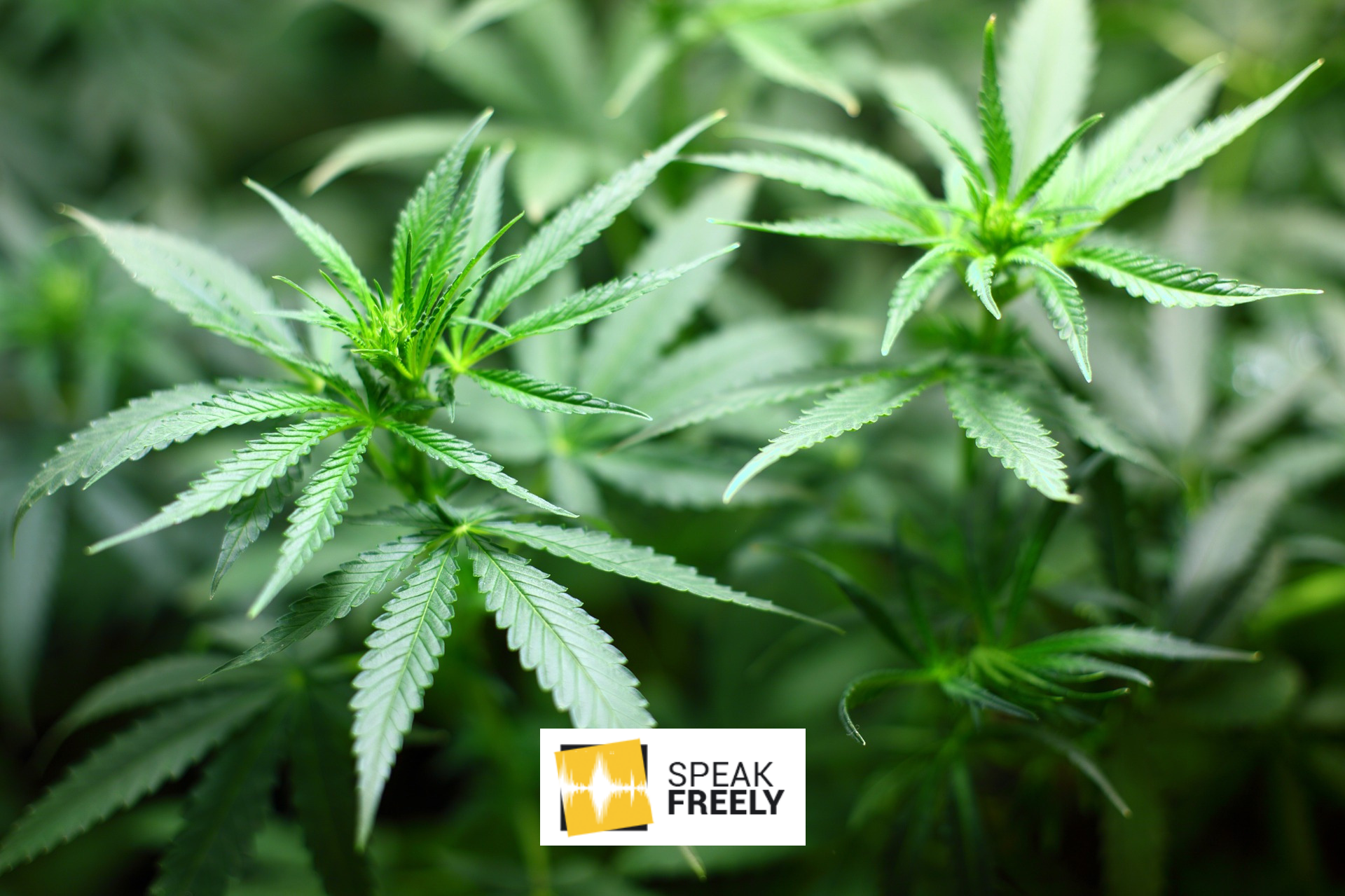The UK is flirting with the idea of a more liberal approach to medical marijuana. Italians can enjoy 0.2% THC ‘Cannabis Light’. The Coffee Shop industry continues to flourish in the Netherlands. It seems as though Europe is gradually moving ever closer to taking a more liberal stance on cannabis.
Yet this movement is frustratingly slow. No national government seems ready to fully commit; the UK refuses to discuss recreational weed, while Italy won’t allow for any stronger strains to be sold legally. Even in the Netherlands, the ‘front door open, back door closed’ policy continues to cause confusion, and holds back the market from reaching its full potential.
At present, the inability of Europe to fully commit itself to legal cannabis is keeping the locks on a potentially vast market. But just how lucrative could a European market for marijuana truly be?
Very, it turns out. The European Cannabis Report, produced and published by Prohibition Partners in November 2017, values the European market for medical marijuana at around €35.7 billion, with the recreational market not too far behind at €32.5 billion. These valuations are based on […] Moreover, the data presented in the report implies that this value is growing, despite legal ambiguity and restrictions. In fact, some commentators have talked about the early days of a ‘green rush’, as the market for cannabis begins to gradually take off worldwide.
For instance, in Canada. The North American nation has taken a particularly liberal stance on the drug, and recently became the second country in the World to legalise recreational marijuana on October 17th. This movement towards liberalism is already resulting in new opportunities for investors and entrepreneurs, and cannabis, at C$3 billion (€1.95 billion) in 2017, is already on-par with beer, and has overtaken tobacco in terms of market value.
Moreover, the market is already growing. Sales of dried cannabis in Canada have been increasing at around 6% per month, while the market for cannabis oil has grown at 16% per month.
It would seem as though the Canadian government has done the right thing in embracing this new green rush, and in doing so it now enjoys a steadily growing market and new attractions for investors. The same, sadly, cannot be said for Europe and her nations. Two examples from Europe epitomise the reluctant European approach – the United Kingdom and Italy.
Taking the former: The UK has great potential for a truly flourishing marijuana market. The Institute of Economic Affairs (IEA) estimates the value of the British cannabis market to be around £2.55 Billion, based on the UN’s 2017 world drug reports estimate of a £10-per-gram street price, and an overall volume of 255 tonnes of marijuana being sold in 2016/17. Moreover, the report suggests that the British state would stand to save around £300 million in law enforcement and healthcare costs should the drug be legalised.
Despite the potential benefits of a legal market, the British government refuses to fully embrace and commit to cannabis. Instead, Westminster has stated its willingness only to discuss liberalisation of medical marijuana, and has made clear that legalisation of recreational use will not be debated.
In doing so, a huge section of the market will remain underground, and any liberalisation of medical cannabis is likely to come with strong regulations against any potential recreational loopholes. Tight regulation in this regard is likely to deter much foreign investment.
Investment may be similarly dissuaded in Italy, who’s neither here-nor-there approach to cannabis legalisation has resulted in a vague, scattered market. The Bruno Leoni Institute describe this approach as ‘the law of yes, no, maybe’. Currently, Italian consumers are permitted to buy ‘cannabis light’, usually hemp flowers, which contain less than 0.2%.
However, the law does not permit these flowers to be consumed, nor does it allow for legally-sold seeds to be cultivated. Thus, the Italian cannabis market exists in a strange state of limbo between liberalisation and continued illegality.
Ultimately, it is this inability of national governments such as those of the UK and Italy represents the main barrier here. Yet, the inability of bans and legislation on the drug to combat and limit consumption has resulted in the establishment of thriving black-markets in most European countries.
Two preliminary conclusions may thus be drawn here: first, the inefficacy of cannabis legislation to achieve its goal of lowering consumption and use alone would buttress the argument in favour of liberalisation. Second, and perhaps more relevant to this article, is that the European cannabis market already exists in prominent form, albeit underground. As a result, the core benefits of legalisation would revolve around savings to the state on healthcare and law enforcement, potential revenue to the state through taxation of the new surface market, and the protection of consumers against subpar products or coercive dealers.
As national governments do not appear willing to fully commit themselves to a legal cannabis market, however, the outlook is fairly gloomy. Although the market for marijuana does appear to be growing, many of the benefits of this growth are marred by regulation.
Investors cannot fully embrace the markets, so long as the legality is vague. Consumers cannot be guaranteed of quality or safe products, so long as the only salesman are by-default criminals. More devout liberalisation is needed if these benefits of a growing market are to be seen in the right places.
This piece solely expresses the opinion of the author and not necessarily the organisation as a whole. Students For Liberty is committed to facilitating a broad dialogue for liberty, representing a variety of opinions. If you’re a student interested in presenting your perspective on this blog, click here to submit a guest post!
Image: Pixabay
